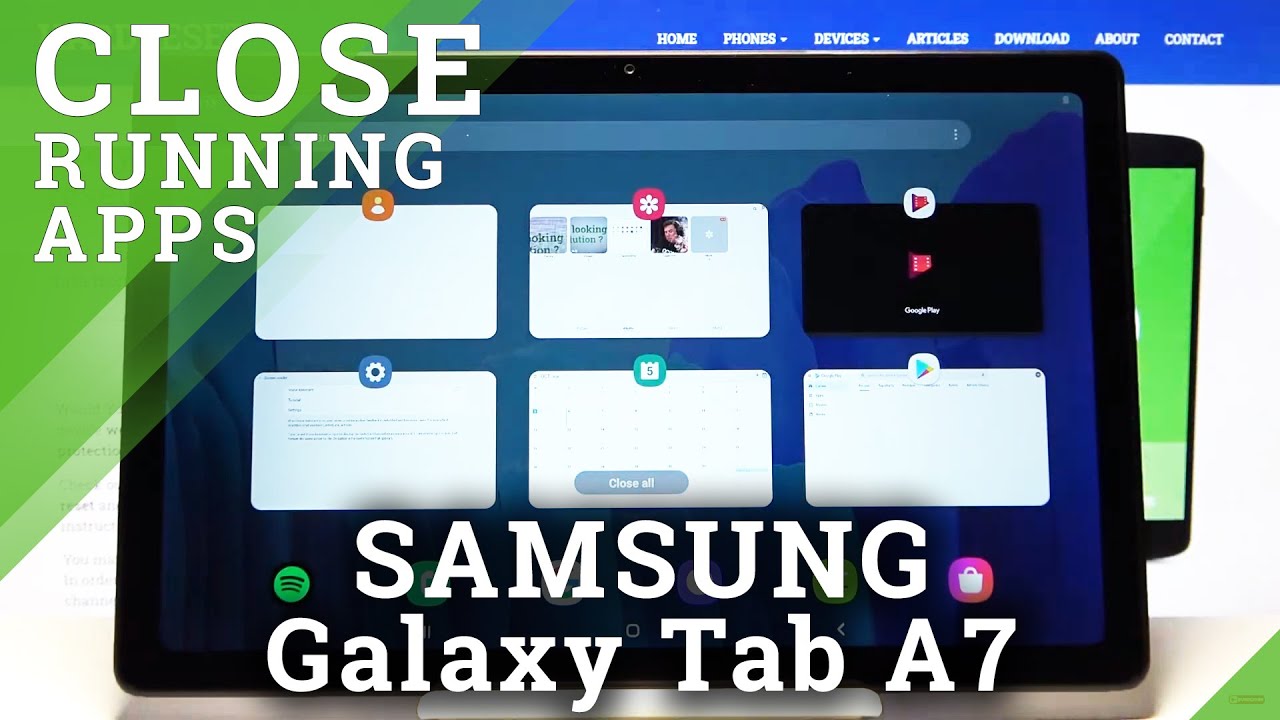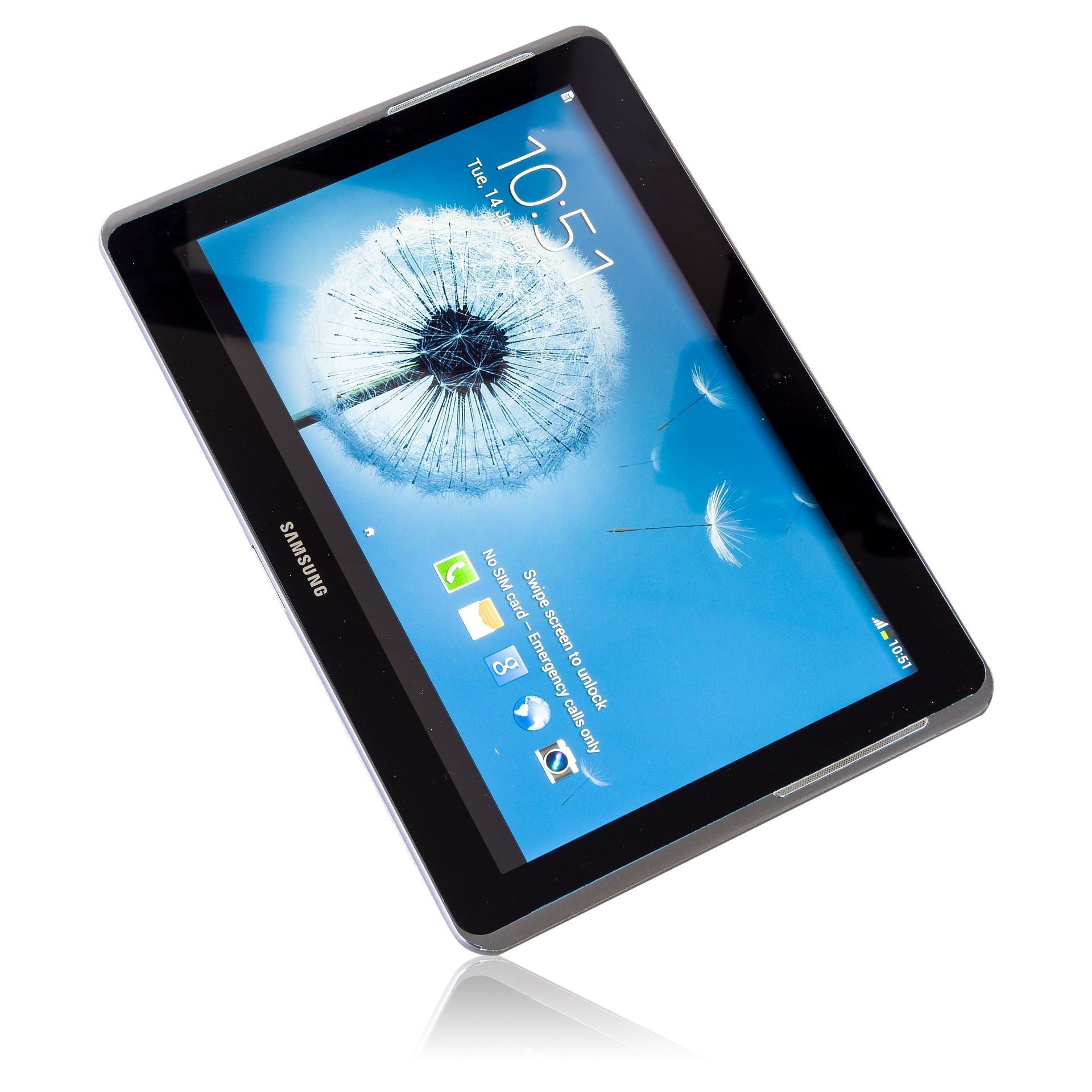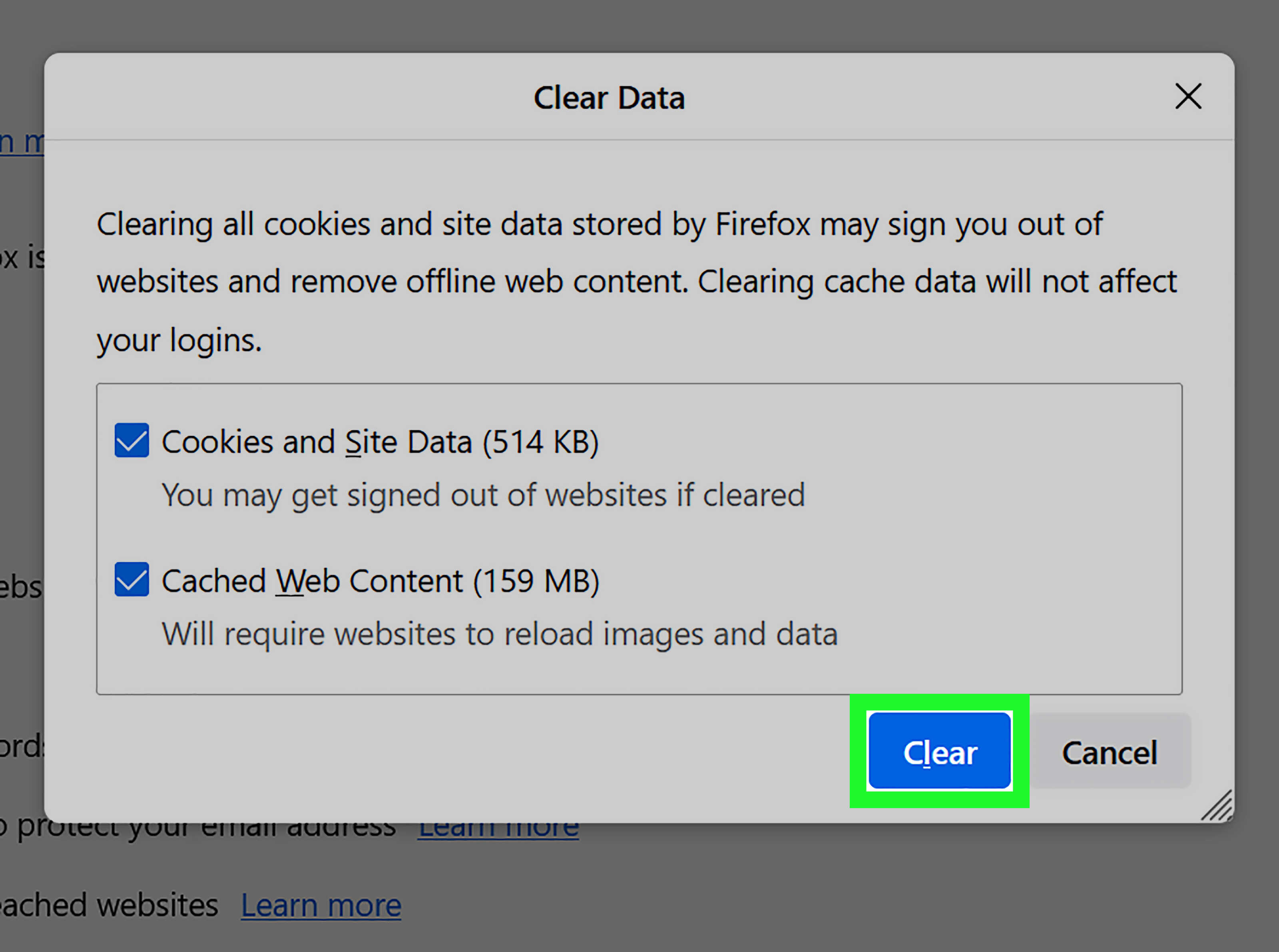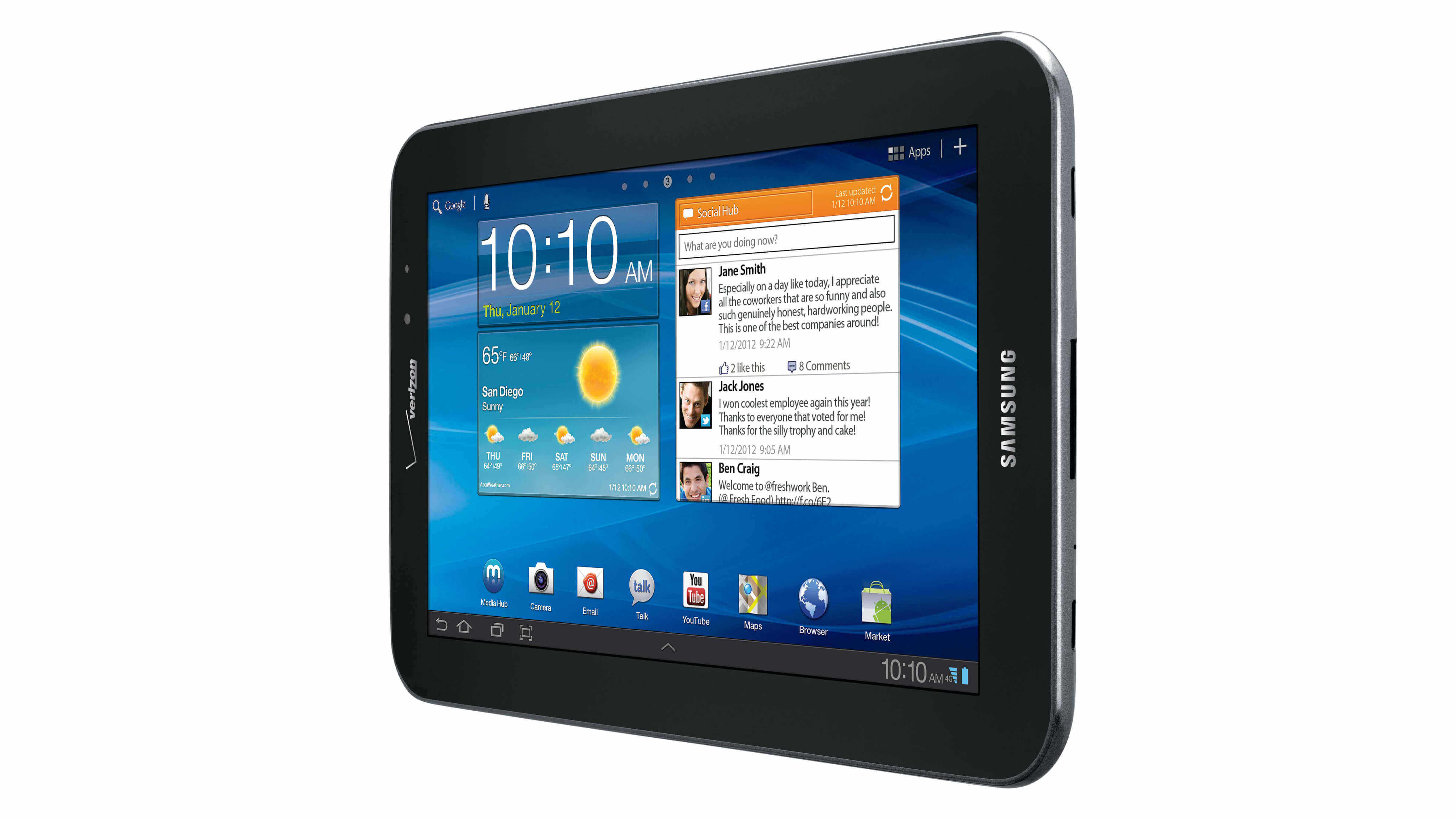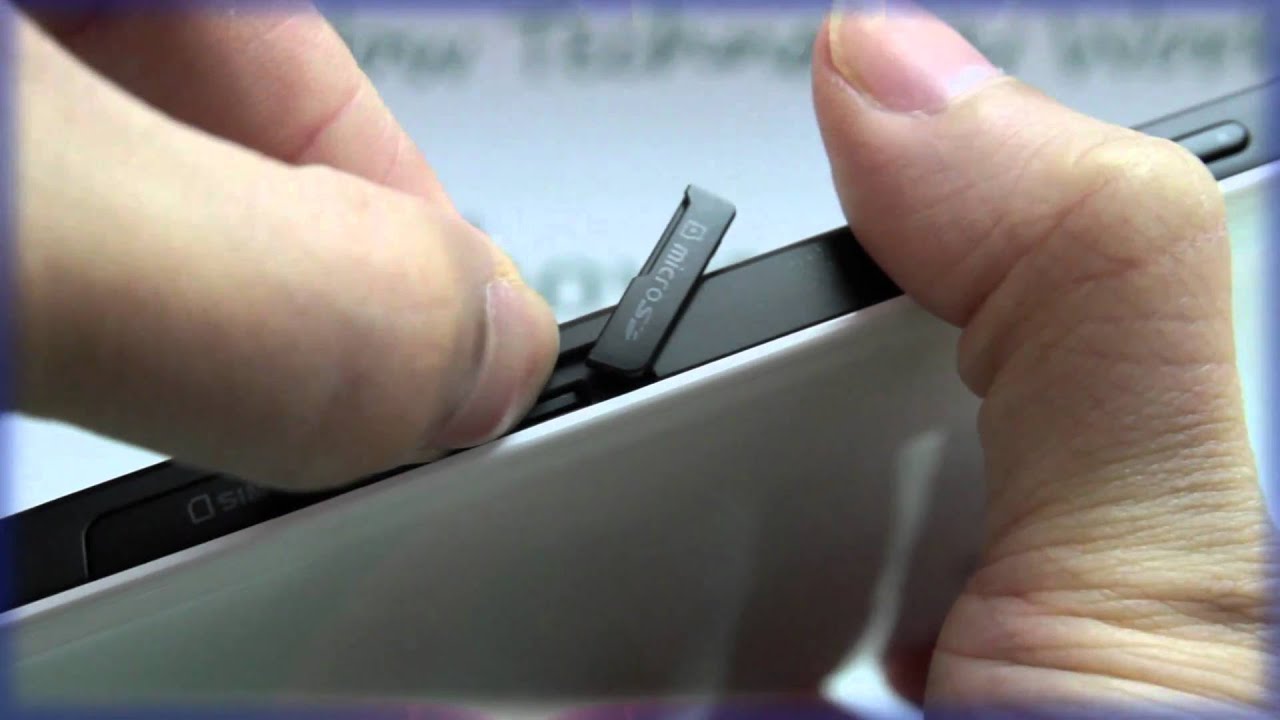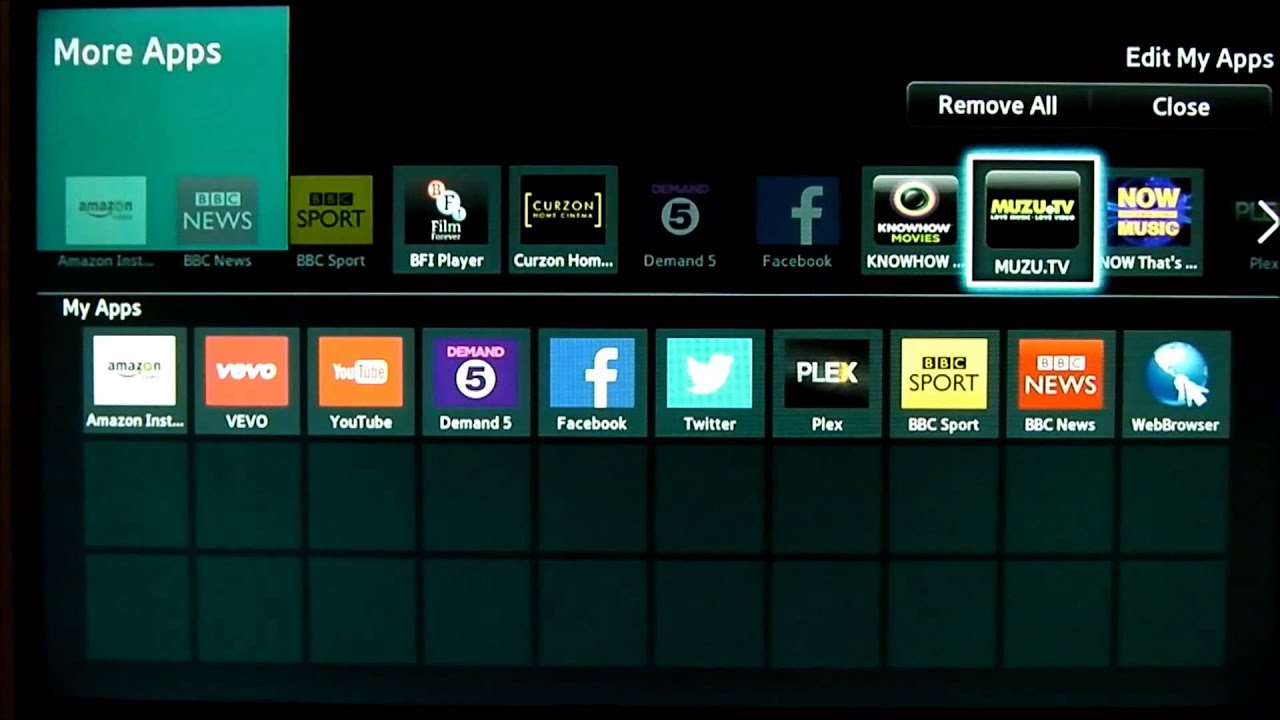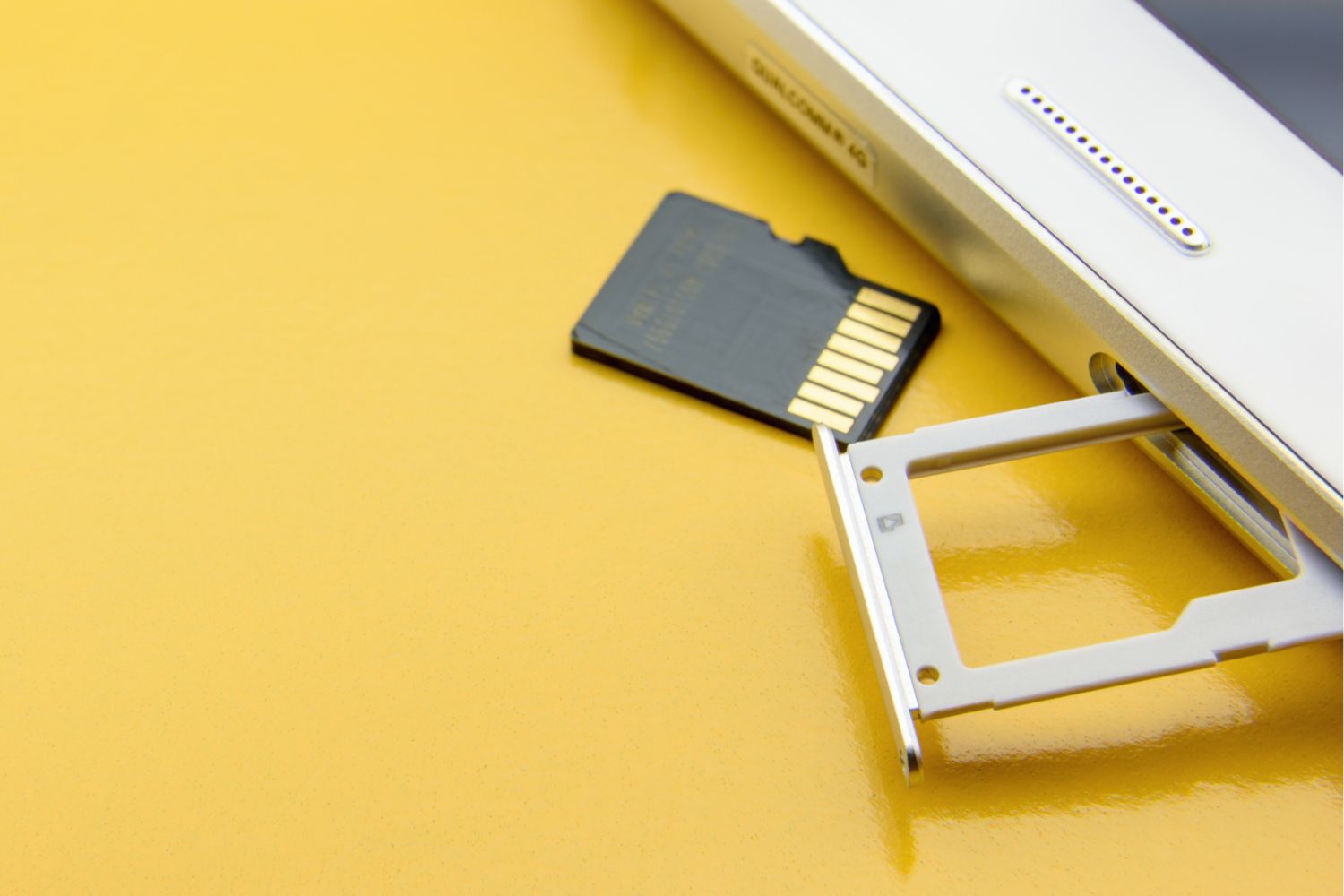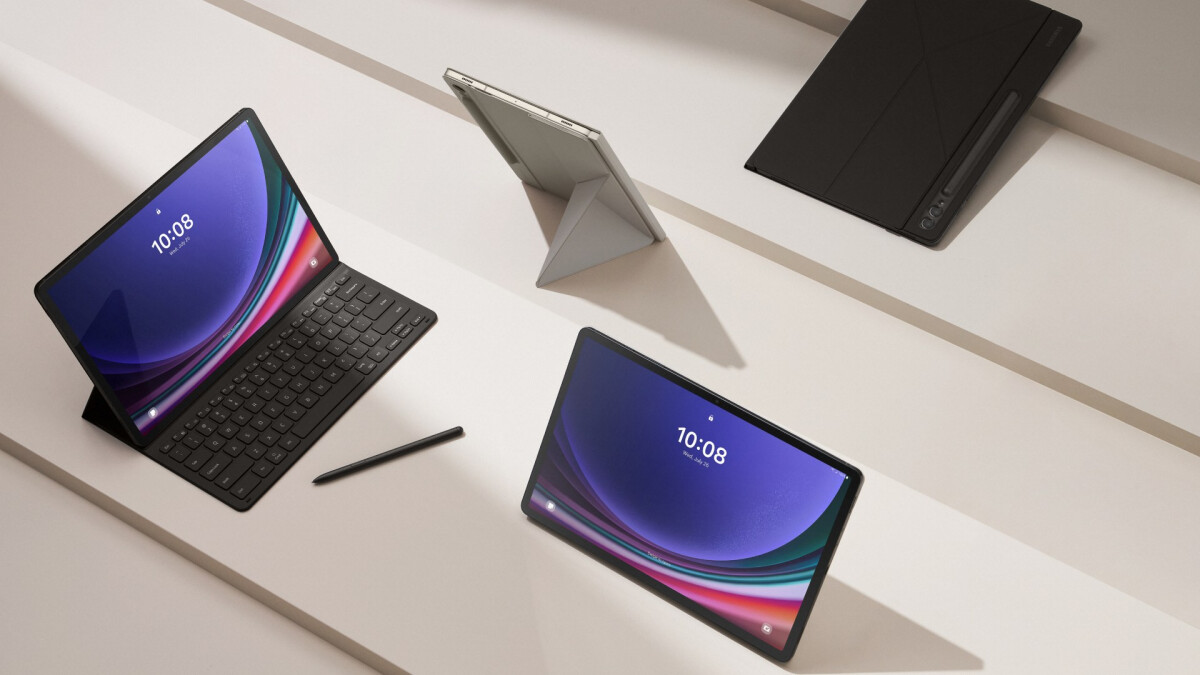Why close apps on Samsung tablet?
When using a Samsung tablet, it’s important to understand the significance of closing apps properly. Leaving apps running in the background can have several negative impacts on your device’s performance and overall user experience.
Firstly, having too many apps open can consume a significant amount of your tablet’s resources, such as memory and processing power. This can lead to slower performance, lagging, and even freezing of your device. By closing unused apps, you can free up resources and ensure smoother operation.
Secondly, leaving apps running in the background can drain your tablet’s battery life faster than usual. Even if you’re not actively using the app, it may still be working in the background, consuming power. By closing unnecessary apps, you can conserve battery life and extend the time between charges.
Furthermore, closing apps reduces the risk of data breaches and privacy breaches. Some apps may continue to access your personal information even when not in use, increasing the potential for unauthorized access. By closing apps, you can minimize the chances of sensitive information being compromised.
Closing apps also helps declutter your app switcher or recent apps screen. With fewer apps displayed, it becomes easier to multitask and switch between apps quickly. This can significantly improve your productivity and overall user experience on the tablet.
In summary, closing apps on your Samsung tablet is essential to maintain optimal performance, conserve battery life, enhance privacy and security, and improve overall usability. Now that we understand the importance of closing apps, let’s explore various methods through which you can close apps on your Samsung tablet.
Different methods to close apps
There are multiple ways to close apps on your Samsung tablet, depending on the model and the version of the operating system you’re using. Here are four common methods you can use:
1. Using the Recent Apps key: On most Samsung tablets, you can access the Recent Apps screen by swiping up from the bottom of the screen or pressing the Recent Apps key. This will display a list of all the apps currently running in the background. You can then swipe left or right to navigate through the apps and swipe them off the screen to close them.
2. Using the App switcher: Some Samsung tablets may have an App switcher button on the navigation bar. By tapping on this button, you can open the App switcher, which displays all your recently used apps. From here, you can swipe left or right to find the app you want to close, and then swipe it off the screen.
3. Using the Settings menu: Another method to close apps on your Samsung tablet is by accessing the Settings menu. Go to Settings, then select “Apps” or “Applications,” depending on your device. You will see a list of all the installed apps. Find the app you want to close and tap on it. On the next screen, you will find the option to “Force Stop” or “Close” the app.
4. Using the Task Manager: The Task Manager is a powerful tool on Samsung tablets that allows you to manage running apps and tasks. To access the Task Manager, press and hold the Recent Apps key or use the “Home” button and then select “Task Manager.” You will see a list of all the running apps and background processes. Simply tap on the app you want to close, and then select “End” or “Close” to terminate it.
It’s worth noting that the exact steps may vary slightly depending on your device model and the version of Android you’re running. However, these methods should work for most Samsung tablets.
Now that you’re familiar with the different methods to close apps, let’s move on to some tips for effectively managing apps on your Samsung tablet.
Method 1: Using the Recent Apps key
One of the quickest and simplest ways to close apps on your Samsung tablet is by utilizing the Recent Apps key. This method is available on most Samsung tablets and allows for seamless app management. Follow the steps below to close apps using the Recent Apps key:
- Start by swiping up from the bottom of the screen or locating the Recent Apps key on your device. The Recent Apps key is usually represented by a square or a series of overlapping rectangles in the navigation bar.
- Once you have accessed the Recent Apps screen, you will see a list of all the apps currently running in the background. This screen displays the app windows or thumbnails, allowing you to easily identify and navigate through them.
- To close an app, simply swipe left or right to find the app you want to close. You can also use vertical scrolling if there are more apps than can be displayed on the screen at once.
- When you have located the app you want to close, swipe it off the screen to the left or right. This action removes the app from the list of running apps, effectively closing it.
Using the Recent Apps key is a convenient method for closing individual apps on your Samsung tablet. It allows for quick access to the app switcher and makes it easy to close apps without navigating through menus or settings. This method is especially useful when you want to close apps that are actively consuming device resources or that you no longer need open.
Keep in mind that closing an app using the Recent Apps key simply removes it from the list of running apps. It does not uninstall the app or delete any associated data. The next time you open the app, it will launch as if you had just started it.
Now that you know how to use the Recent Apps key to close apps on your Samsung tablet, let’s explore another method to close apps using the App switcher.
Method 2: Using the App switcher
Another convenient way to close apps on your Samsung tablet is by using the App switcher. This method is available on certain Samsung tablet models and provides a user-friendly interface for managing multiple apps. Follow the steps below to close apps using the App switcher:
- Start by locating the App switcher button on your device’s navigation bar. The App switcher button is typically represented by a square or a series of overlapping rectangles.
- Tap on the App switcher button to open the App switcher screen. This screen displays thumbnails or cards representing the recently used apps on your tablet.
- To close an app, swipe left or right on the screen to find the app you want to close. You can also scroll vertically if there are more apps than can be displayed on the screen at once.
- Once you have located the app you want to close, swipe it off the screen to the left or right. This action removes the app from the list of running apps, effectively closing it.
The App switcher provides a visual and intuitive way to manage your running apps. It allows you to easily navigate through your recent apps and close them with a simple swipe. This method is particularly useful when you need to quickly switch between apps or close multiple apps at once.
It’s important to note that closing an app using the App switcher removes it from the list of running apps, but it does not uninstall the app or delete any associated data. The next time you open the app, it will resume from where you left off.
Now that you’re familiar with using the App switcher to close apps on your Samsung tablet, let’s explore another method to close apps using the Settings menu.
Method 3: Using the Settings menu
If you prefer a more traditional approach, you can close apps on your Samsung tablet using the Settings menu. This method allows you to have more control over individual apps and their background processes. Follow the steps below to close apps using the Settings menu:
- To begin, open the Settings menu on your Samsung tablet. You can usually access the Settings menu by swiping down from the top of the screen and tapping on the gear icon.
- In the Settings menu, scroll down and locate the “Apps” or “Applications” option. The name may vary depending on your device’s version of Android.
- Tap on “Apps” or “Applications” to open the app management screen. This screen displays a list of all the installed apps on your tablet.
- Find the app you want to close and tap on it to open its information page.
- On the app’s information page, you will find various options and details about the app. Look for the “Force Stop” or “Close” button, and tap on it.
- A confirmation message will appear, informing you that closing the app may cause the app to misbehave or lose data. Tap “OK” to proceed with closing the app.
Using the Settings menu to close apps provides you with more granular control over your installed applications. You can view detailed information about each app and manage them individually. This method is particularly useful when you want to force stop an app that is frozen, unresponsive, or causing issues on your tablet.
Remember that force stopping an app using the Settings menu will terminate all of its background processes and remove it from the list of running apps. However, it does not uninstall the app or delete any associated data. The next time you open the app, it will launch as if you had just started it.
Now that you know how to close apps using the Settings menu, let’s explore another method to close apps using the Task Manager.
Method 4: Using the Task Manager
If you want more advanced control over managing running apps and background processes on your Samsung tablet, you can utilize the Task Manager. The Task Manager provides a comprehensive overview of system resources and allows for efficient management of running apps. Follow the steps below to close apps using the Task Manager:
- To access the Task Manager, press and hold the Recent Apps key or use the “Home” button, depending on your device.
- Once you have opened the Task Manager, you will see a list of all the running apps and background processes on your tablet.
- Scroll through the list to find the app you want to close. You can swipe left or right, or use vertical scrolling if necessary.
- Tap on the app you want to close to select it.
- Next, you will see options to “End” or “Close” the selected app. Tap on the appropriate option to terminate the app and remove it from the list of running tasks.
The Task Manager allows you to not only close individual apps but also monitor CPU usage, RAM usage, and other system resources. It provides a comprehensive view of the performance of your Samsung tablet and enables you to optimize resource allocation.
It’s important to note that closing an app using the Task Manager ends all of its background processes and removes it from the list of running tasks. However, it does not uninstall the app or delete any associated data. The next time you open the app, it will start from scratch.
Now that you’re familiar with using the Task Manager to close apps on your Samsung tablet, let’s move on to some tips for managing apps effectively.
Tips for managing apps on your Samsung tablet
Managing apps effectively on your Samsung tablet can help optimize performance, enhance usability, and improve overall user experience. Here are some helpful tips to effectively manage your apps:
- Regularly close unused apps: Make it a habit to regularly close apps that you’re not actively using. This frees up system resources and prevents unnecessary drain on your tablet’s battery.
- Disable or uninstall unnecessary apps: Take the time to review and uninstall apps that you no longer use or need. Disabling or uninstalling unused apps not only frees up storage space but also reduces the clutter in your app drawer.
- Use app folders: Organize your apps into folders based on categories or usage. This makes it easier to locate and access specific apps, especially if you have a large number of apps installed.
- Take advantage of app notifications: Configure app notifications to stay informed about important updates and alerts. However, disable notifications for less critical apps to avoid unnecessary interruptions.
- Update your apps regularly: Keep your apps up to date by regularly checking for updates in the Google Play Store or Galaxy Store. App updates often include bug fixes, security patches, and new features or improvements.
- Consider using app optimization features: Samsung tablets offer various optimization features, such as Battery Optimization and App Power Monitor. Enable these features to conserve battery life and optimize app performance.
- Manage app permissions: Review and manage app permissions to ensure apps only have access to the necessary information and features. Be cautious when granting app permissions and disable unnecessary permissions for better privacy and security.
- Clear app cache and data: Over time, apps accumulate cached data and temporary files, which can take up valuable storage space. Regularly clear app cache and data to improve app performance and free up storage on your tablet.
By following these tips, you can maintain an organized app ecosystem on your Samsung tablet and ensure optimal performance and usability. The key is to regularly review and manage your installed apps to maximize the benefits of your tablet.
Now that you have learned some valuable tips for managing apps effectively, you are ready to unleash the full potential of your Samsung tablet.
Conclusion
Managing apps on your Samsung tablet is essential for maintaining optimal performance, conserving battery life, improving privacy and security, and enhancing overall usability. By closing unused apps, you can free up system resources, reduce battery consumption, and prevent unauthorized access to your personal information.
In this article, we explored four different methods to close apps on your Samsung tablet: using the Recent Apps key, utilizing the App switcher, accessing the Settings menu, and leveraging the power of the Task Manager. Each method offers its own advantages and allows for efficient app management.
We also provided tips for managing apps effectively, such as regularly closing unused apps, disabling or uninstalling unnecessary apps, organizing apps into folders, and staying on top of app updates. These tips help streamline your app usage, optimize tablet performance, and enhance the overall user experience.
Remember to tailor your app management approach to your specific needs and preferences. Experiment with different methods and techniques to find the ones that work best for you.
By effectively managing your apps on your Samsung tablet, you can ensure a smooth and enjoyable user experience, making the most out of your device’s capabilities.
Now that you have a comprehensive understanding of how to close and manage apps on your Samsung tablet, go ahead and put these methods and tips into practice. Enjoy a faster, more efficient, and more personalized tablet experience!







